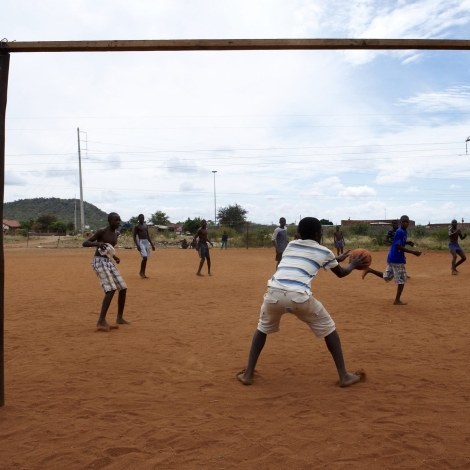Maslow’s “Hierarchy of Needs” appeared on a screen behind a speaker at a conference I attended recently, and it reminded me of the higher necessities on the list. The talk was a keynote at the Design for Humanity Summit at Fordham University in New York, New York (USA). There was an interesting mix of academics, designers, architects, humanitarians, and filmmakers who collaborate to create designs and structures and promote awareness of crises as well as businesses, like Google and Airbnb, which are integrating humanitarian causes into their organizations. The panels and breakout sessions focused on how cross collaboration is essential to create impact. That word, “impact,” was defined in the keynote featuring Maslow’s Hierarchy as an enhancement to the human experience.
We all need the basic things on the lower tiers – water, air, food, security – to stay alive. Shortly after that, though, we all also need friends; we need a sense of belonging, and feelings of accomplishment.
What resonates with me about Maslow’s pyramid-shaped hierarchy is that, of course, we all need the basic things on the lower tiers – water, air, food, security – to stay alive. Shortly after that, though, we all also need friends; we need a sense of belonging, and feelings of accomplishment.
When we are thinking about our humanitarian work, are we truly moving up this pyramid to make sure we are capturing all of it, or are we just worried about the base of the pyramid, the bottom two tiers of absolute necessity? In the urgency to solve humanitarian crises, I wonder if we are truly able to incorporate all, or most of, the needs.
One organization that seems to be doing it right is Ideo.org. Shauna Carey of Ideo.org led a breakout session called Rethinking the Hierarchy of Needs in Humanitarian Work, and it was the highlight of the summit for me.
“Emotions aren’t just outcomes of great design; they are tools to achieve it” – Shauna Carey, Ideo.org
“Emotions aren’t just outcomes of great design; they are tools to achieve it,” Shauna said.
I believe that statement summarizes Ideo.org’s methodology for achieving true human centered design. The crux of their approach is that they use intuition as well as research to understand how people think and feel, and this is what leads to good design. For their projects, they invite people to show them their vision for the future rather than just design a project themselves. This is key to achieving as much as possible within the pyramid of needs.
We heard from many different speakers at the summit, and it’s clear from the attendance that there are many people excited about this work. I look forward to seeing how it develops into action.
About the Author
Rachel Webre is a project and people manager with a passion for global development. She has managed manufacturing and supply chain projects for a multinational company and volunteers with the New York Professional Chapter of Engineers without Borders.

